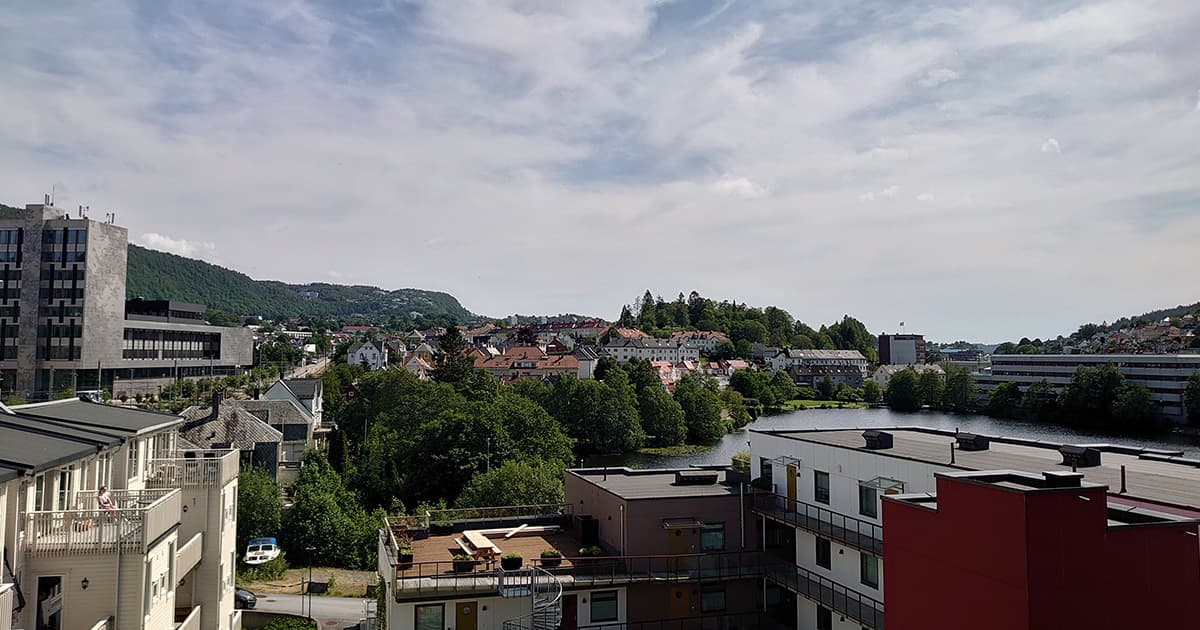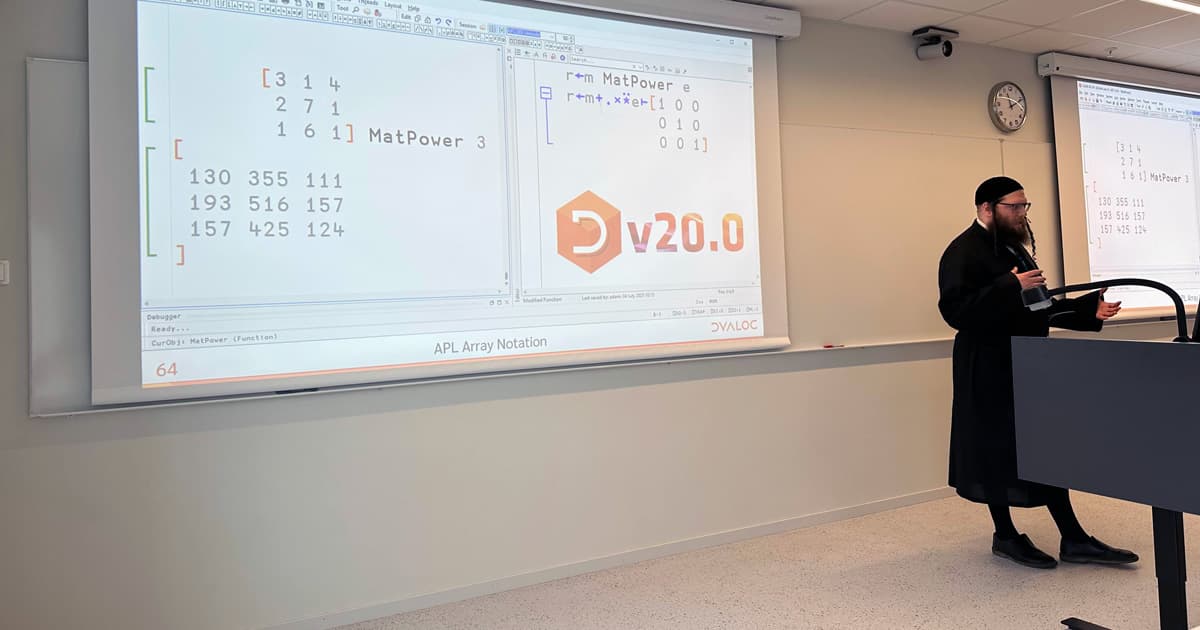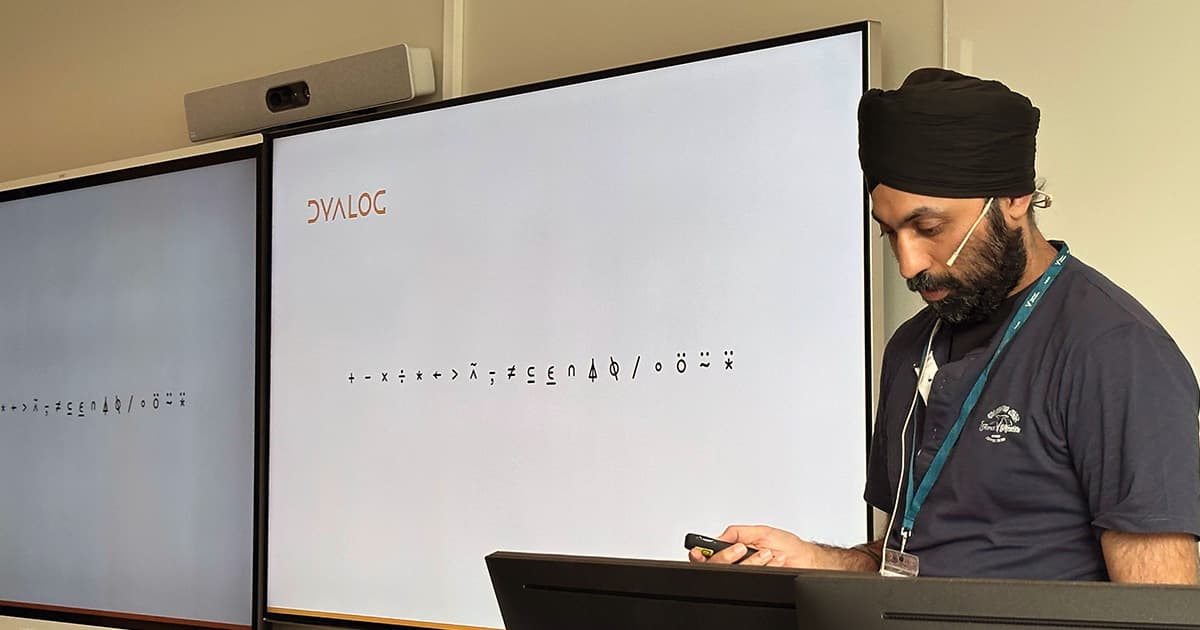The European Conference on Object-Oriented Programming (ECOOP), Europe’s longest-standing annual programming languages conference, brings together researchers, practitioners, and students to share their ideas and experiences in all topics related to programming languages, software development, systems, and applications. Every year, ECOOP happens at a new location, and this year it was held on the main campus of Western Norway University of Applied Sciences in Bergen, Norway’s second-largest city, where a quarter million people live nestled between seven mountains.
ECOOP 2025 took place last week, and Karta and Adám attended and presented at the Programming Language Standardization and Specification (PLSS) part. PLSS is a workshop module of the week-long ECOOP conference; a smaller group of domain experts in a more intimate setting, with enough time to ask questions and discuss content during breaks. This year’s event was arranged by Dr. Mikhail Barash, a researcher at Bergen Language Design Laboratory at University of Bergen, and Yulia Startsev who works on Firefox’s JavaScript engine at Mozilla and represents Mozilla at the standardising body for JavaScript. The audience was mostly comprised of computer scientists; predominantly academics, but also people working on language design, standards, and specifications.
Adám presented APL Array Notation (slides), in which he related the decade-long story of designing, specifying, and implementing APL’s answer to JavaScript’s JSON. Although the event’s main theme was programming language standards and the resulting APL Array Notation specification document has not yet been adopted as an official standard, it has been designed and written in a way that would facilitate this process.

APL was first standardised in 1989; the latest, extended, standard was published in 2001. Karta’s presentation on APL Standards (slides) discussed how Dyalog APL conforms to the latest APL standard, differences between Dyalog APL and the versions of APL implemented by other vendors, and places where Dyalog APL diverges from the standard, along with our rationale for doing so.

Our talks were well-received, and the audience seemed engaged, asking several questions. Hopefully we have inspired some participants to look further into APL!


 Follow
Follow